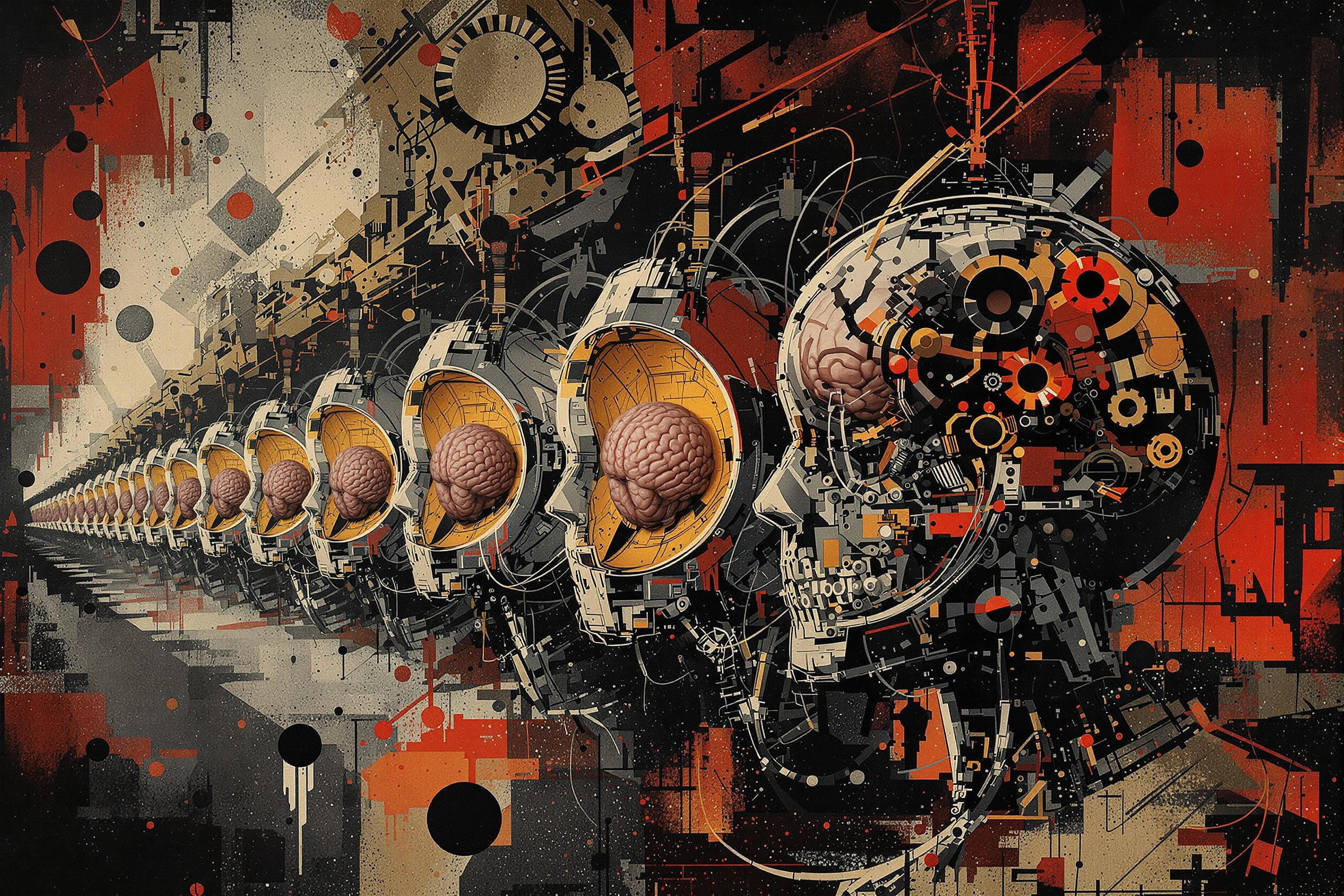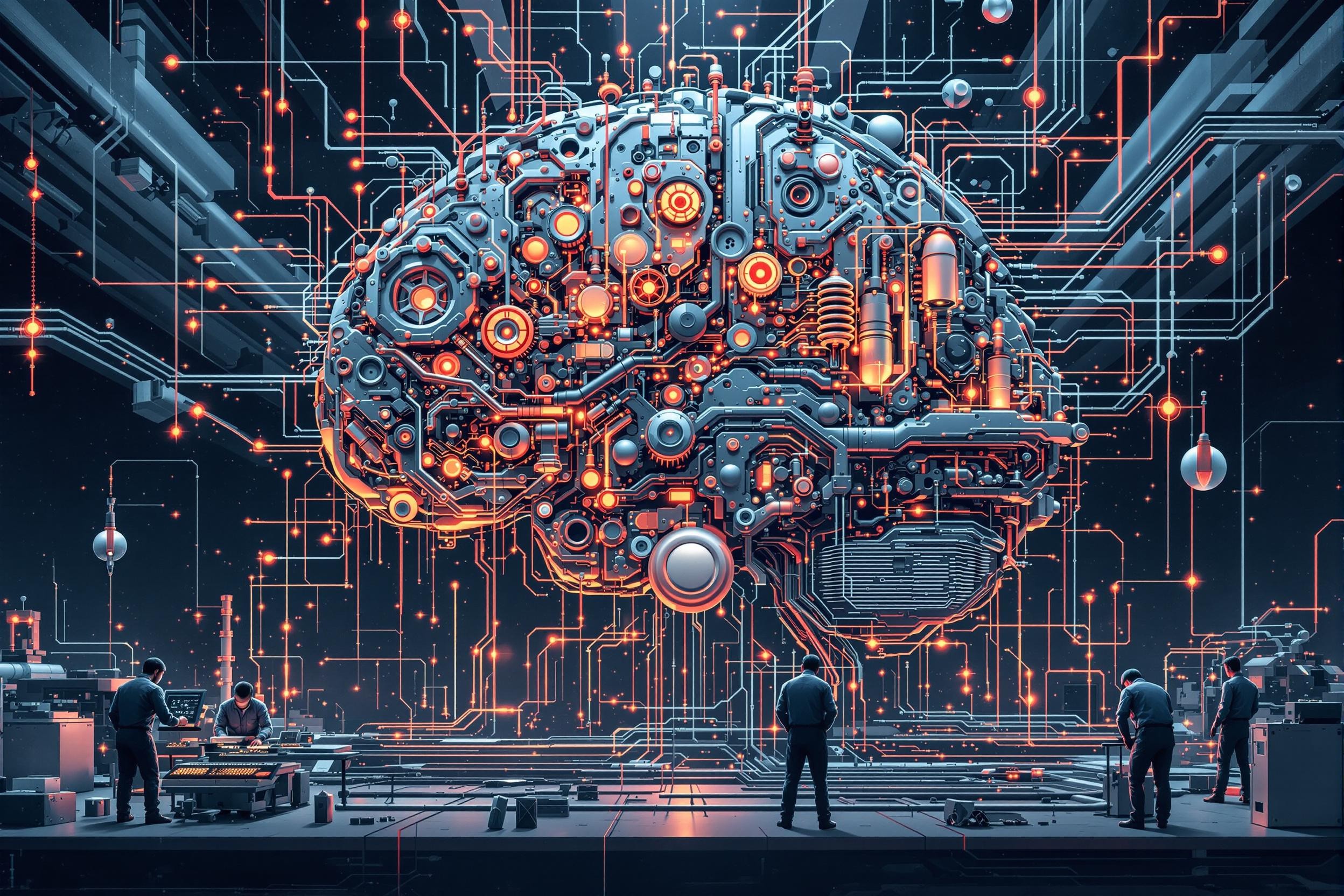
[]
From Neurons to Neural Networks: How Neuroscience Shapes Modern AI
Exploring how our understanding of the human brain is revolutionising artificial intelligence and machine learning architectures.
The human brain, with its intricate network of approximately 86 billion neurons, has long served as both inspiration and blueprint for artificial intelligence. This deep dive explores how principles from neuroscience are revolutionising AI architecture and development.
The Neural Foundation
The fundamental parallel between biological and artificial neural networks lies in their basic computational units:
class BiologicalNeuron:
def __init__(self):
self.dendrites = [] # Input connections
self.axon = None # Output connection
self.threshold = -55 # Action potential threshold (mV)
self.resting_potential = -70 # Resting membrane potential (mV)
def integrate_and_fire(self, inputs):
# Simplified model of neural firing
potential = sum(inputs)
if potential > self.threshold:
return self.generate_action_potential()
return self.resting_potential
class ArtificialNeuron:
def __init__(self):
self.weights = [] # Synaptic weights
self.bias = 0 # Neuron bias
self.activation = lambda x: max(0, x) # ReLU activation
def forward(self, inputs):
# Simplified artificial neuron computation
weighted_sum = sum(w * x for w, x in zip(self.weights, inputs)) + self.bias
return self.activation(weighted_sum)Key Neuroscience Principles in AI
1. Hebbian Learning and Synaptic Plasticity
The famous neuroscience principle “neurons that fire together, wire together” has inspired various learning algorithms:
- Spike-Timing-Dependent Plasticity (STDP): Modern AI systems now incorporate timing-dependent weight updates
- Long-Term Potentiation (LTP): Inspiration for gradient accumulation in optimisation algorithms
- Synaptic Pruning: The basis for network pruning and architecture search techniques
2. Neural Circuit Motifs
The brain’s organisation has inspired several key architectural innovations:
- Cortical Columns: Inspiration for transformer architectures
- Hippocampal Memory Systems: Basis for memory networks and attention mechanisms
- Visual Cortex Hierarchy: Blueprint for convolutional neural networks
3. Neuroplasticity and Learning
Brain plasticity mechanisms have influenced modern training approaches:
- Critical Periods: Implementation of curriculum learning
- Homeostatic Plasticity: Inspiration for adaptive learning rates
- Structural Plasticity: Dynamic architecture adaptation during training
Recent Breakthroughs
Neuromorphic Computing
Recent advances in understanding neural computation have led to new hardware architectures:
class NeuromorphicProcessor:
def __init__(self):
self.spike_buffer = []
self.synaptic_delays = {}
self.refractory_period = 1 # ms
def process_spike(self, neuron_id, timestamp):
if self.is_refractory(neuron_id, timestamp):
return
# Event-driven processing
self.propagate_spike(neuron_id)
self.update_weights(neuron_id)Brain-Inspired Learning Rules
New learning algorithms based on neuroscientific principles:
- Three-Factor Learning: Incorporating neuromodulation in training
- Sparse Coding: Inspired by efficient neural representations
- Predictive Processing: Based on the brain’s hierarchical prediction mechanisms
Emerging Directions
1. Emotional Intelligence
Understanding the brain’s emotional systems is informing new approaches to AI:
- Integration of emotion in decision-making processes
- Development of empathetic AI systems
- Emotion-aware learning algorithms
2. Consciousness and Attention
Neuroscientific theories of consciousness are inspiring new AI architectures:
- Global Workspace Theory implementations
- Integrated Information Theory applications
- Attention mechanisms based on thalamic circuits
3. Memory Systems
Brain-inspired memory architectures are revolutionising AI:
- Episodic memory modules
- Working memory implementations
- Hierarchical memory systems
Future Implications
As our understanding of the brain deepens, several promising directions emerge:
- Energy Efficiency: Brain-inspired architectures consuming orders of magnitude less power
- Continual Learning: Systems that learn and adapt like biological brains
- Robust Intelligence: More reliable and interpretable AI systems
Conclusion
The convergence of neuroscience and AI represents one of the most exciting frontiers in both fields. As we continue to unravel the mysteries of the brain, each discovery has the potential to inspire new breakthroughs in artificial intelligence. The future of AI may well lie in creating systems that not only mimic the brain’s architecture but also incorporate its fundamental operating principles.
This synergy between neuroscience and AI promises to deliver more efficient, adaptable, and potentially more conscious artificial systems. As we stand at this intersection of biology and technology, the possibilities for innovation seem limitless.

